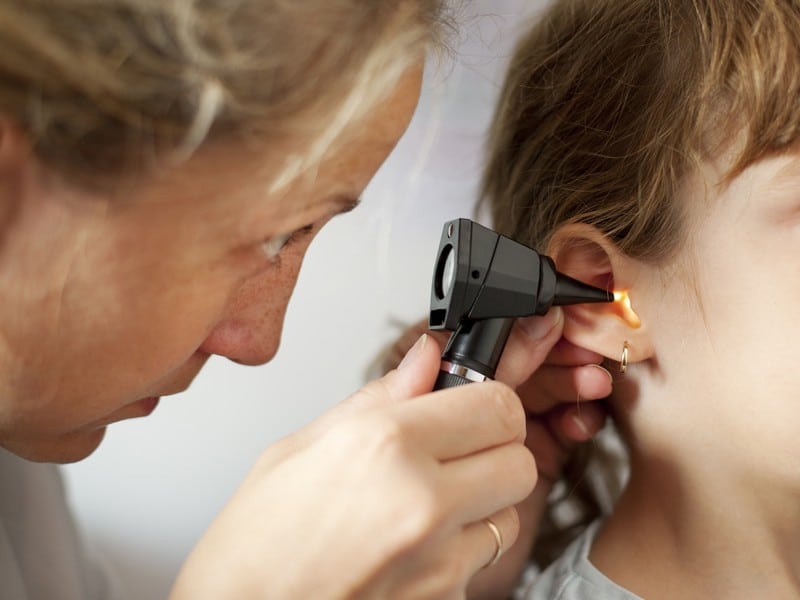Otomycosis

A pathological condition called otomycosis is becoming more common in ENT clinical practice. Any age can be affected, and it is pervasive throughout the world. There are four types of ear fungus infections – FMEO or fungal malignant external otitis, external otomycosis, middle ear otomycosis, and inner ear fungal infection.
FMEO can have significant effects since it spreads along the skull’s soft tissues and bones. An existing cholesteatoma or a recent mastoidectomy may have caused the middle ear’s otomycosis. An outer ear fungus infection is known as otomycosis. It irritates the skin and hurts. Hearing loss and an ear fullness sensation, or ear pressure, are other side effects of the infection. A poor immune system or diabetes increases a person’s risk of developing this issue.
This fungus can also infect people whose ear infections were treated with medications. If someone swims in contaminated water, they could develop a fungal infection. Otomycosis is considerably more likely to affect people with a weakened immune system, eczema, or other long-term health issues. A patient has to see a trained ENT specialist as soon as possible if they experience itching, red ear skin, hearing changes, or have full ears.










